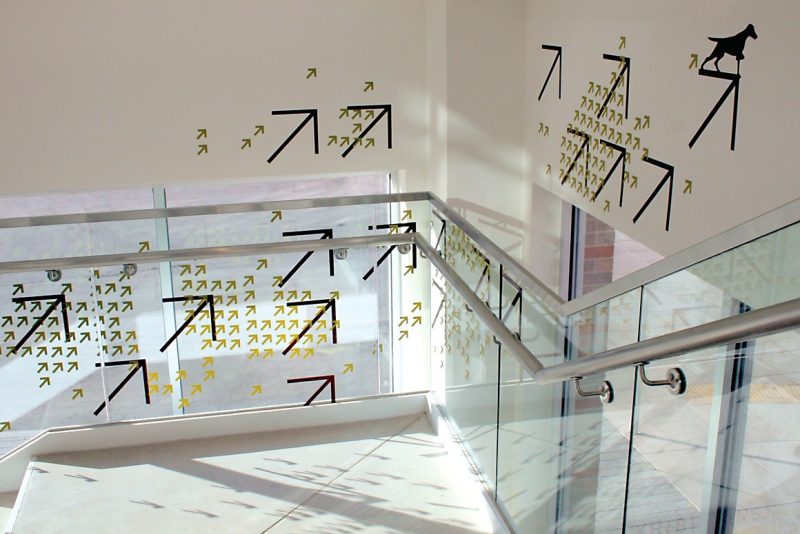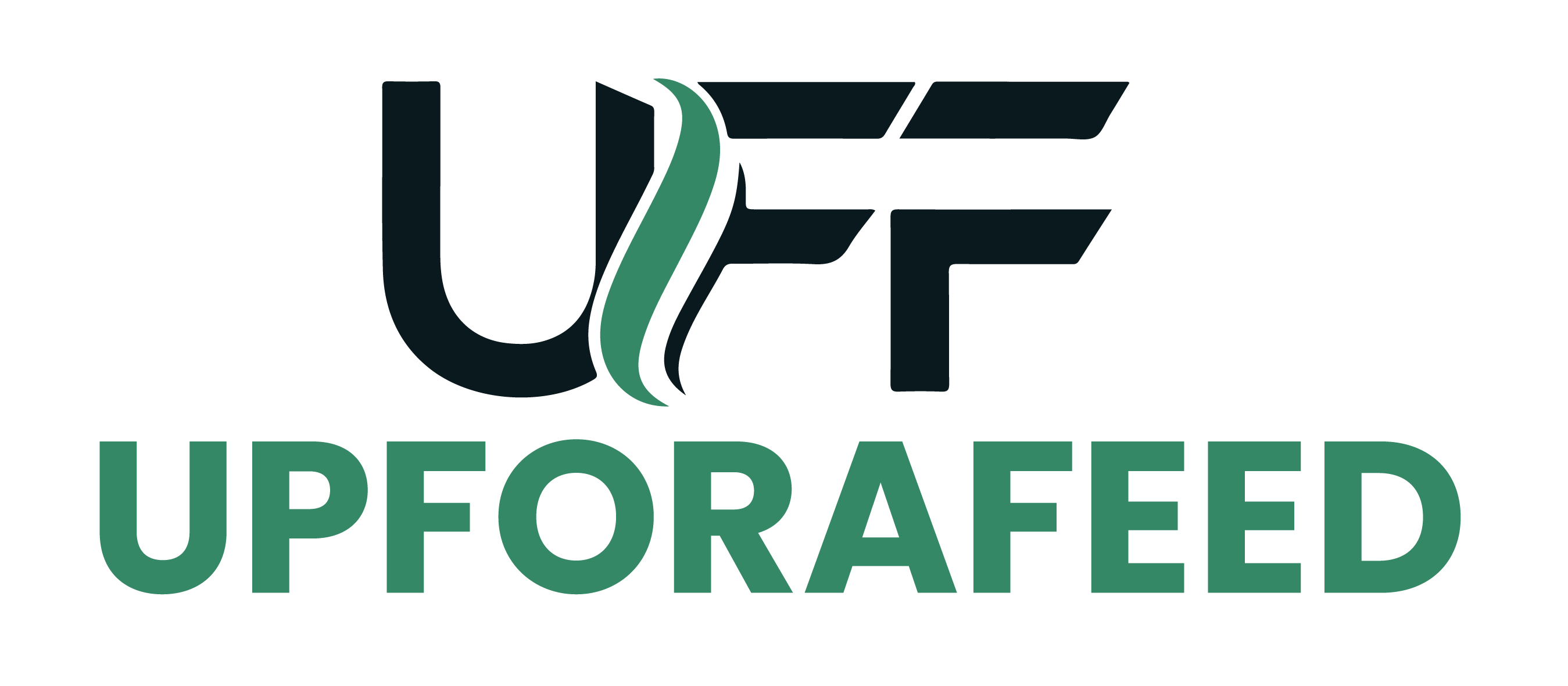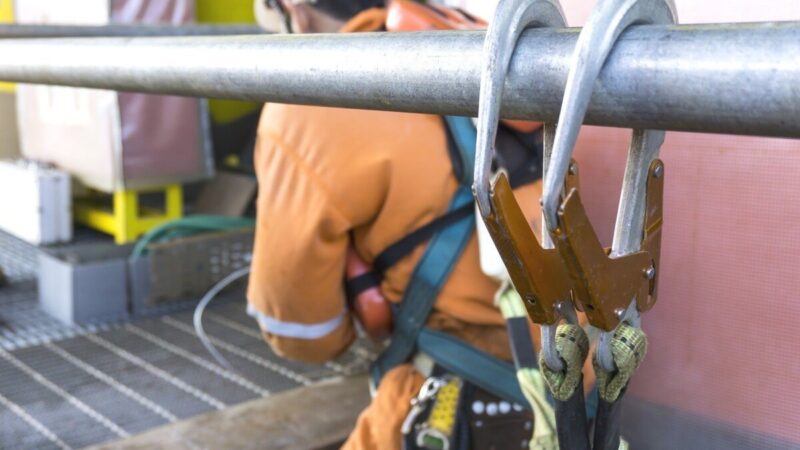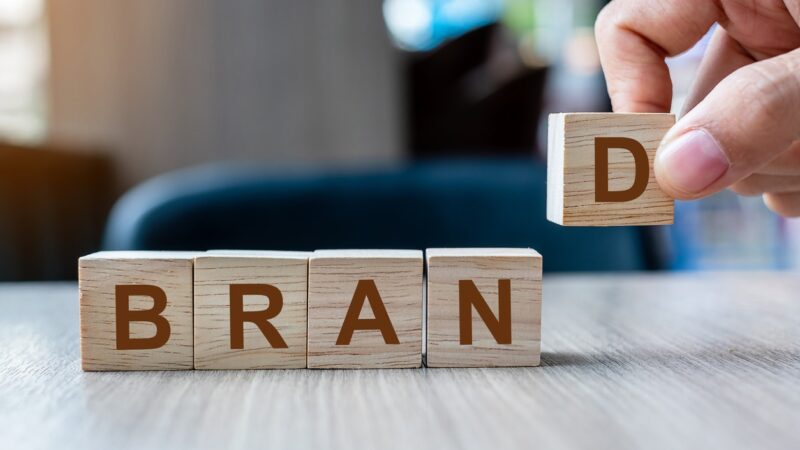In the evolving world of spatial design, SPMD environmental wayfinding design has emerged as a multidisciplinary approach that combines ecological graphics, experiential design, and custom art curation to guide individuals through physical spaces. This practice is no longer limited to mere directional signage; it now incorporates storytelling, branding, and sensory engagement. Central to this approach is custom art curation, which serves as a bridge between functionality and aesthetic experience, allowing spaces to communicate more effectively with their users.
Blending Functionality and Art Through Wayfinding
Wayfinding systems are foundational tools in any built environment, whether in airports, hospitals, corporate campuses, or retail stores. Traditionally, these systems relied on arrows, maps, and text to direct movement. However, with the rise of placemaking and user-centric design principles, wayfinding now leans on more immersive solutions.
Murals, installations, and sculptural elements can now subtly guide people while enhancing the emotional and visual connection to the space. For instance, a large-scale wall painting might indicate transition zones between departments in a workplace or define entry points in a public plaza—all while adding visual interest and reinforcing brand or cultural identity.
Environmental Graphics and Their Narrative Potential
Environmental graphics—ranging from typography on walls to integrated digital media—are becoming increasingly art-driven. Through curated art pieces, designers are able to transform sterile or underutilized spaces into dynamic storytelling environments.
In public transportation hubs, for example, environmental graphics informed by local culture or history can both educate and orient travelers. Curated artwork not only personalizes these spaces but also builds memory points, making navigation intuitive and emotionally resonant. This approach enhances accessibility by using colors, symbols, and textures that appeal to diverse demographics, reducing cognitive overload in high-traffic areas.

Experiential Design and Placemaking Through Art
Experiential design, closely linked with placemaking, goes beyond visual appeal to engage the user’s senses and emotions. Here, curated art functions as a key storytelling mechanism that enriches the visitor experience. Whether it’s a community park featuring interactive installations or a retail environment designed with bespoke artwork, the objective is to make spaces memorable and people-oriented.
Placemaking efforts benefit immensely from art curation. In revitalized urban districts, temporary pop-ups and events often use site-specific art to draw communities together and generate local pride. By transforming mundane areas into curated destinations, these interventions help reinforce identity and improve the legibility of the space.
Retail Displays and Point-of-Purchase Environments
Retail environments represent a particularly effective application of art-forward environmental design. Strategically placed artworks within display zones or at point-of-purchase locations can subtly influence buyer behavior while maintaining brand coherence. The curation of custom pieces adds a layer of sophistication and uniqueness that standard retail fixtures lack.
Instead of generic promotional materials, curated elements—such as artist-designed shelving, backdrops, or lighting installations—can establish an immersive brand narrative. These elements act as wayfinding cues by drawing attention to specific zones or product lines, enhancing both the shopper’s journey and the commercial potential of the space.
The Lasting Impact of Integrated Art in Wayfinding
Ultimately, integrating custom art into spatial design elevates the function of wayfinding from a utilitarian task to a meaningful experience. When executed thoughtfully, curated art becomes inseparable from the environment—it guides, informs, and inspires in equal measure. As spatial needs evolve across industries, the role of custom curation in SPMD environmental wayfinding design will continue to grow, redefining how people move through and connect with the world around them.







